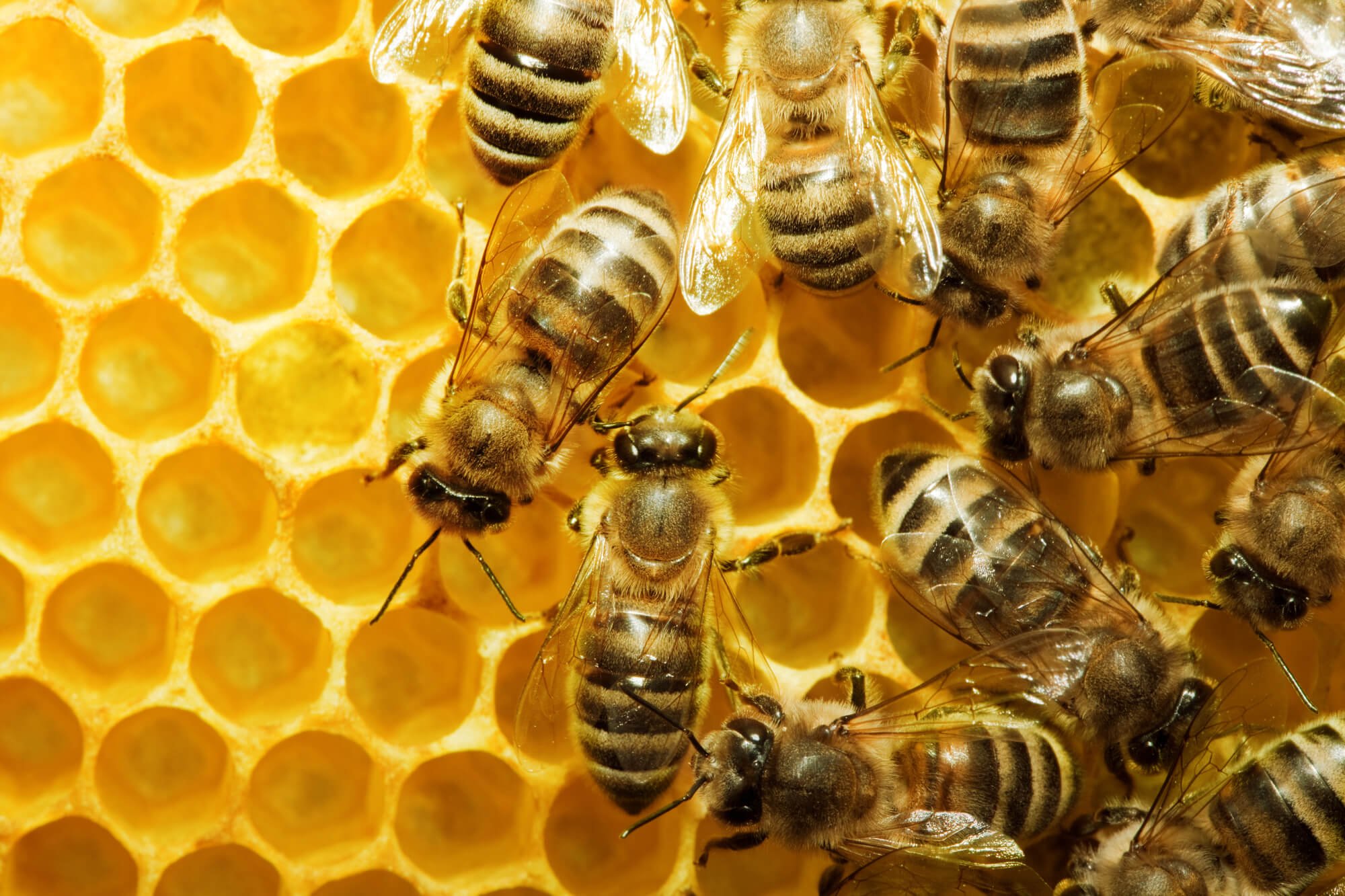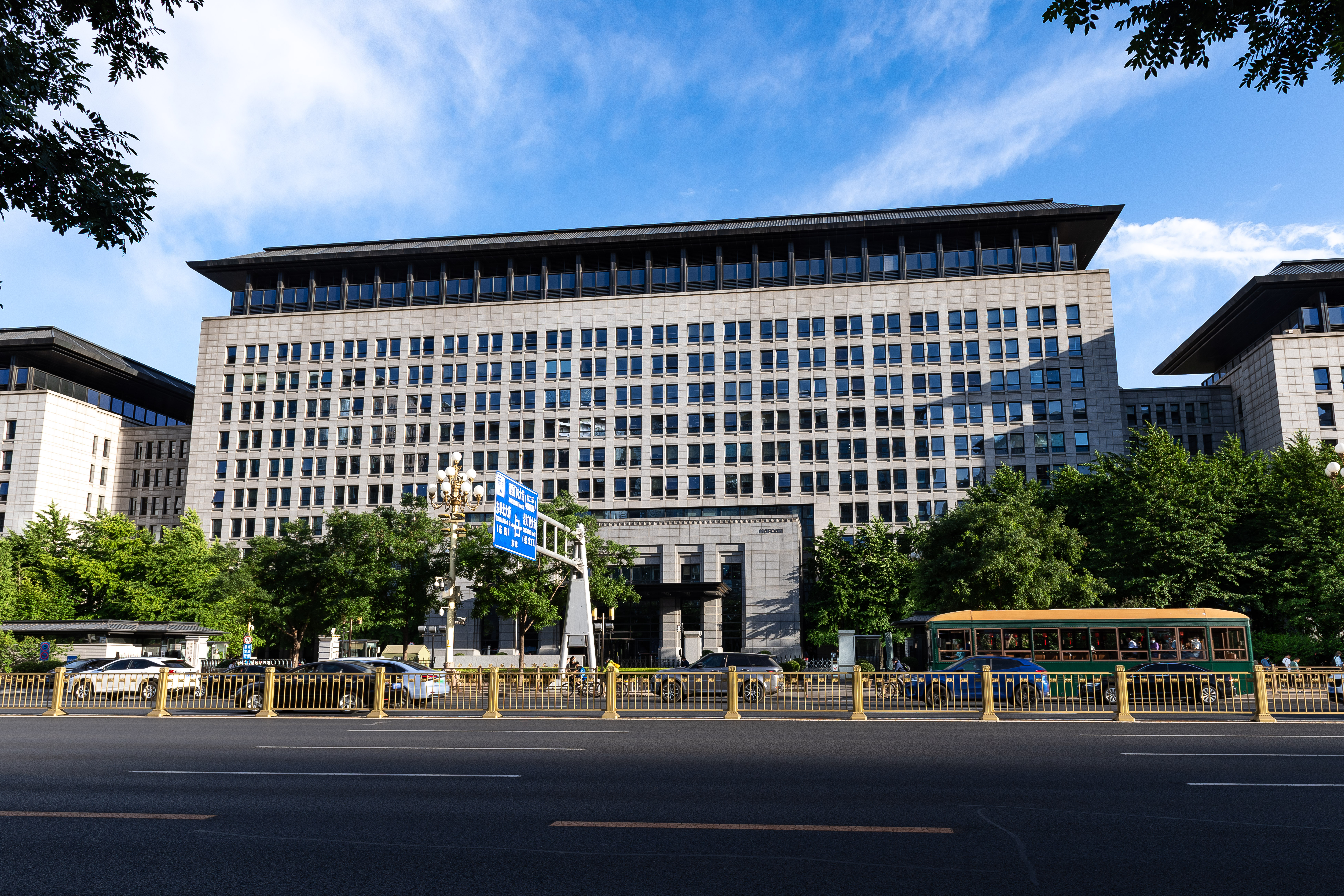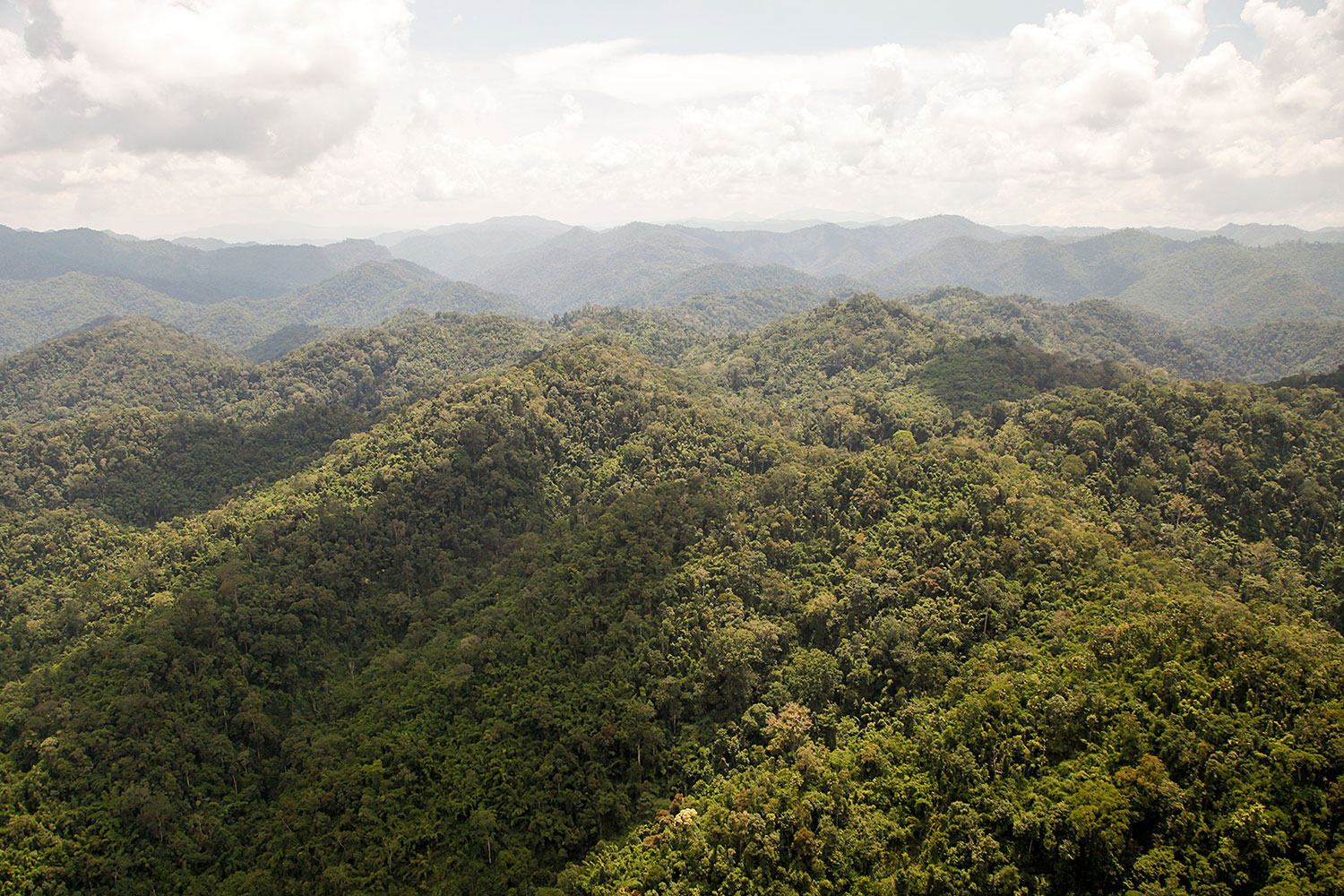Forest ecosystem restoration is one of the courses offered under the Department of Ecosystems and Conservation of the Sokoine University of Agriculture. This course is offered in the Bachelor of Science in Forestry, M.Sc Forestry, M.Sc Agroforestry, M.Sc Ecosystem Science and Management, and PhD
Forests and trees make the Earth habitable. They provide us with safe drinking water and clean air. They are an important defense against global warming because they store vast amounts of carbon and moderate the climate. They are home to the majority of the planet’s incredible biodiversity. They offer shade, entertainment, and a sense of well-being. And they provide a living for billions of people all over the world.
Forest ecosystem restoration entails replanting trees on former forest land and improving the condition of degraded forests. It can include conserving wild plants and animals, as well as protecting the soils and water sources that are part of the forest ecosystem. Land that has been cleared for farming but has fallen into disuse is ideal for forest restoration. Native species can be planted in existing forests to regenerate the tree cover. Forest trees will re-grow naturally in some cases. Forest restoration can also imply cultivating patches of forest and woodland in landscapes that include active farms and villages.
It is critical to remember that forest restoration entails more than simply planting trees. It is about restoring the ecological, social, and economic benefits of forests and trees within the context of a broader pattern of land use. In some cases, assisting the natural regeneration of local plant species is the best way to achieve this, whereas in others, planting trees and other vegetation speeds up the process of restoring the health and productivity of degraded landscapes.
The African Forest Landscape Initiative, known as AFR100 is an ambitious initiative that targets to bring 100 million hectares of degraded and deforested land in Africa into restoration by 2030. Tanzania is one of the AFR100 nations. Tanzania, which joined the initiative in 2018, committed to restoring 5.2 million hectares of degraded land and forests by 2030. This pledge was followed by the formation of a national task force led by the Tanzania Forest Service and the Vice President’s Office. The two organizations have begun work on a national Forest Landscape Restoration (FLR) strategy, which will serve as the ultimate guide in the restoration process.
Contact Us;
Head of the Department,
Dr. Charles Kilawe,
Department of Ecosystems and Conservation,
College of Forestry Wildlife and Tourism
PO Box 3010, Chuo Kikuu, Morogoro, Tanzania
ckilawe@sua.ac.tz
+255 752 581 069




